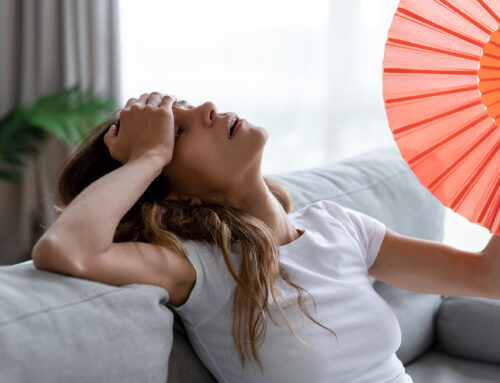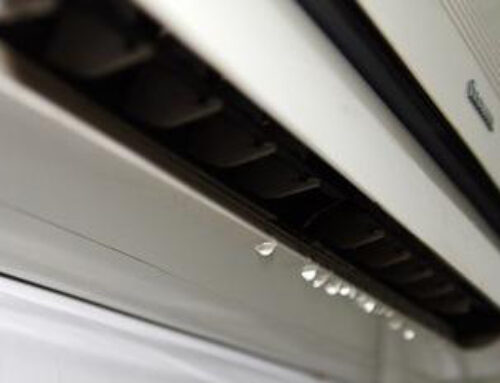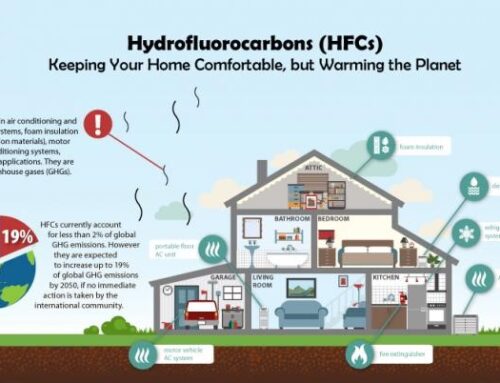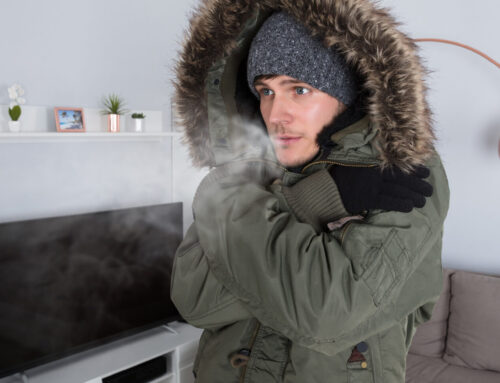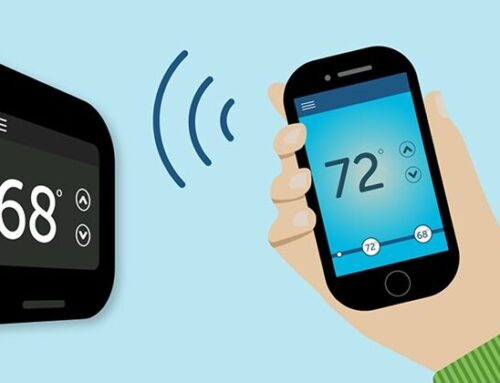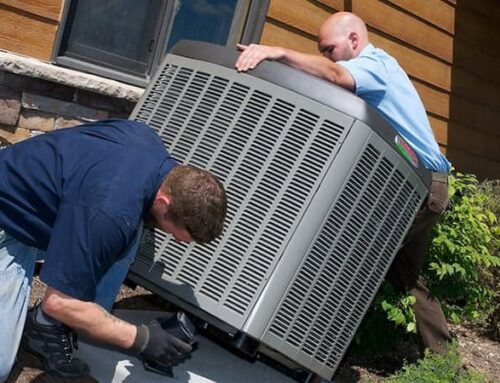5 HVAC Upgrades for Safer Schools!
Congress recently passed the Elementary and Secondary School Emergency Relief Funds bill which allocates $82 billion of federal funding to schools to address COVID-19. To learn more about how school districts can request funding for upgrades, check out our article, New Congress Funding for HVAC Upgrades in School! This federal funding can be used to upgrade HVAC to mitigate the spread of COVID-19 through ventilation. Below are the five upgrades that will be most effective in reducing the spread of coronavirus as schools open back up.
Ventilation
Running ventilation that increases the flow of air and brings in outside air is vital in dispersing pathogens. The CDC recommends increasing ventilation rates and the percentage of outside air to minimize the spread of COVID. According to Dr. Joseph Allen of the Harvard School of Public Health, “bringing in more outdoor air in buildings with heating and ventilation systems… helps dilute airborne contaminants, making infection less likely.” Many schools have outdated and damaged ventilation that has not been inspected in years. The new congressional funding can be used to upgrade and repair ventilation to maximize airflow and minimize COVID-19.
Filtration
Air filters trap and collect particles, large and small, in ventilation. Minimum Efficiency Reporting Value (MERV) rating is a scale to measure how effectively filters trap smaller particles. Higher MERV values capture smaller particles more effectively than lower MERV ratings because they have smaller pores. To mitigate transmission of infectious particles, The American Society of Heating, Refrigerating and Air-Conditioning Engineers recommend filters with a minimum MERV rating of 13-14. Because higher air filters require greater air pressure to drive air through, you must also ensure that your AC system can handle greater pressure. When installing higher filters, be sure to have a technician inspect your AC system and perform any repairs or upgrades needed.
UV Light Treatment
UV Light air purifiers are designed to kill mold, bacteria, fungus, and even smoke, substances that filters cannot catch. UV Light Treatment can be used in conjunction with filtration to ensure that no pathogens slip through the filters. UV light works by damaging “the genetic material in pathogens — DNA in bacteria and fungi, RNA in viruses — preventing them from reproducing,” according to Dr. William Bahnfleth. “Even HEPA filters that have been tested in the laboratory with viruses will have some level of penetration… That means you’re not perfectly protected against infection by that filter.” UV Light is not an alternative to air filters, but rather an additional layer of protection against the spread of viruses through ventilation.
Humidity Control
Humidity is a lesser-known but important factor in the spread of viruses. Viruses die off faster in higher humidity, which means a lower risk of infection. Viruses are the least viable in buildings where the humidity is 40-60%. In dry climates, like that of California’s, schools would benefit from the installation of humidifiers to increase the humidity and reduce the risk of infection.
Ionization
Ionization uses positive and negative ions to clean the air by killing mold, bacteria, and viruses. Ions move through the ventilation and attach themselves to particles, combining and enlarging the particle so it is more easily captured by filters. When encountering pathogens, ions disrupt surface proteins on the pathogen and render them inactive. Because of their ability to neutralize pathogens, schools should heavily consider installing ionizers as an additional tool against COVID-19.
As schools open back up, school districts need to optimize their HVAC to effectively battle the spread of COVID-19. If you are interested in implementing these upgrades and want to create a plan of action to stop the spread, call Express Refrigeration in Sacramento. Our technicians will have your school equipped for safety and your students equipped for success.



